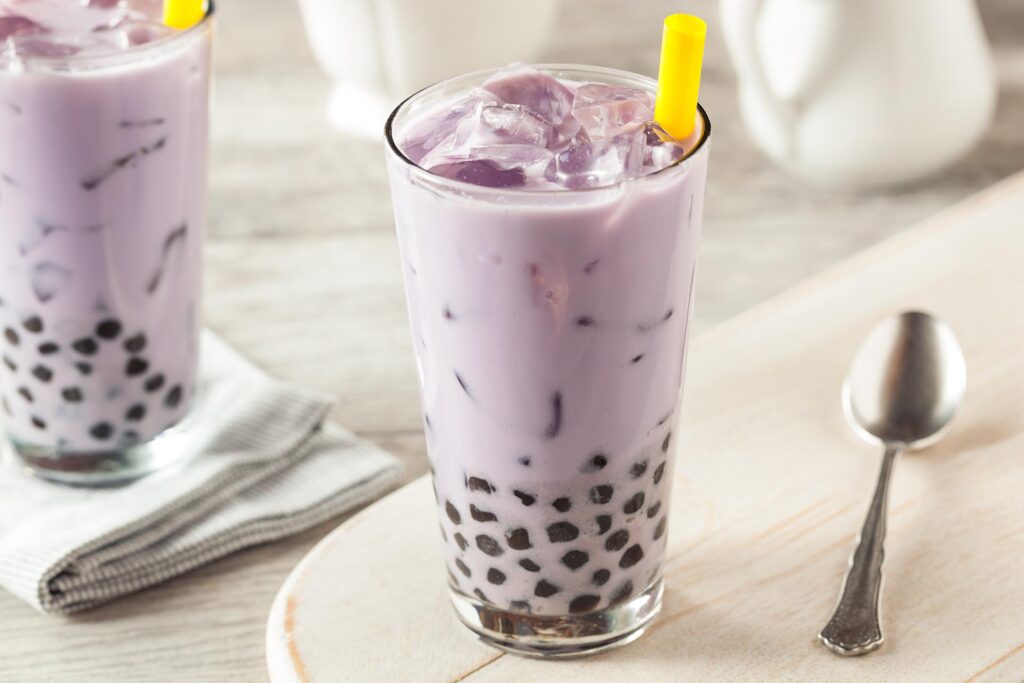Before we dive into the substitutes, let’s take a moment to understand what star anise is and why it holds such significance in the culinary world. Star anise, scientifically known as Illicium verum, is a spice derived from the fruit of an evergreen tree native to China and Vietnam. It is characterized by its star-shaped appearance and a licorice-like flavor profile, along with a sweet and slightly spicy aroma.
Star anise has been a staple ingredient in Asian cuisines, particularly in Chinese, Vietnamese, and Indian cooking. It is commonly used in both sweet and savory dishes, adding depth and complexity to recipes such as braised meats, soups, stews, sauces, and even baked goods. Not only does it enhance the taste of dishes, but it also offers several health benefits, including digestive aid, anti-inflammatory properties, and potential immune-boosting effects.
The Need for Star Anise Substitutes
While star anise is widely used and appreciated, there are several reasons why you might find yourself seeking a substitute. One common reason is the limited availability of star anise in certain regions or during specific seasons. It may not be easily accessible in local grocery stores, leading to the need for alternative options.
Additionally, dietary restrictions and allergies can play a role in seeking substitutes. Some people may have allergies to star anise or may follow specific diets that restrict its consumption, such as low FODMAP or gluten-free diets. In such cases, finding suitable alternatives becomes essential to ensure that the desired flavors can still be achieved without compromising dietary needs.
Furthermore, experimentation in the kitchen is always encouraged, and trying out different flavors can lead to exciting and unique culinary experiences. By exploring star anise substitutes, you open the door to new taste combinations and possibilities, allowing your creativity to flourish.
Substitute 1: Anise Seeds
Anise seeds are often hailed as one of the closest substitutes for star anise due to their similar flavor profile. These small, oval-shaped seeds come from the Pimpinella anisum plant and possess a distinct licorice-like taste. While they may not have the same star-shaped appearance, anise seeds can provide a comparable flavor experience in many recipes.
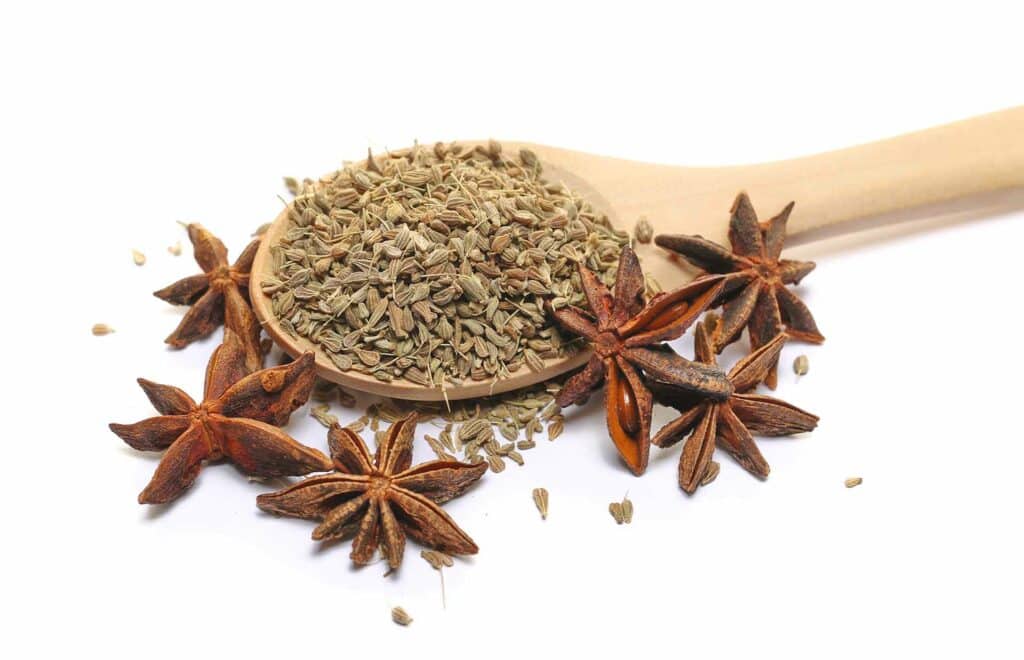
Flavor and Aroma Profile
Anise seeds have a sweet and aromatic flavor with strong notes of licorice. They offer a milder intensity compared to star anise, making them a versatile substitute that can be used in both sweet and savory dishes. The aroma of anise seeds is warm and inviting, adding a delightful fragrance to your culinary creations.
Usage Tips and Conversion Ratio
When substituting star anise with anise seeds, it’s important to consider the conversion ratio to achieve the desired flavor. As a general guideline, you can use approximately 1 to 1.5 teaspoons of anise seeds for every whole star anise called for in a recipe. However, it’s always recommended to start with a smaller amount and adjust to taste, as the potency of anise seeds can vary.
To bring out the maximum flavor from anise seeds, it’s advisable to lightly toast them before use. Dry-roasting the seeds in a pan over medium heat for a few minutes will enhance their aroma and release their oils, intensifying their flavor.
Culinary Applications
Anise seeds can be used in a wide range of culinary applications, adding a delightful licorice-like taste to various dishes. They are commonly used in baking, particularly in bread, cookies, cakes, and pastries, where they infuse a subtle sweetness and aromatic quality. Anise seeds are also popular in traditional liqueurs like absinthe and ouzo, where they contribute to the distinct flavor profile.
In savory dishes, anise seeds can be incorporated into marinades, rubs, and sauces for meats, adding depth and complexity. They pair well with ingredients such as fish, poultry, and root vegetables, creating a harmonious balance of flavors. Anise seeds are also a key component in many spice blends, including garam masala and Chinese five spice powder, further highlighting their versatility in different cuisines.
Availability and Accessibility
Anise seeds are generally more accessible and widely available compared to star anise, as they can be found in most grocery stores, spice shops, or online retailers. They are often sold in both whole seed and ground form, providing convenience and flexibility in usage. However, it’s recommended to purchase high-quality anise seeds from reputable sources to ensure optimal flavor and freshness.
As you explore the world of star anise alternatives, anise seeds offer a reliable and accessible option that can bring a touch of licorice-like goodness to your culinary creations. Whether you’re baking, cooking savory dishes, or experimenting with unique flavor combinations, anise seeds can be your go-to substitute for star anise.
Substitute 2: Fennel Seeds
Fennel seeds, derived from the flowering plant Foeniculum vulgare, offer another excellent alternative to star anise. These small, oval-shaped seeds have a distinct flavor that shares similarities with both anise and star anise, making them a versatile substitute in various culinary applications.
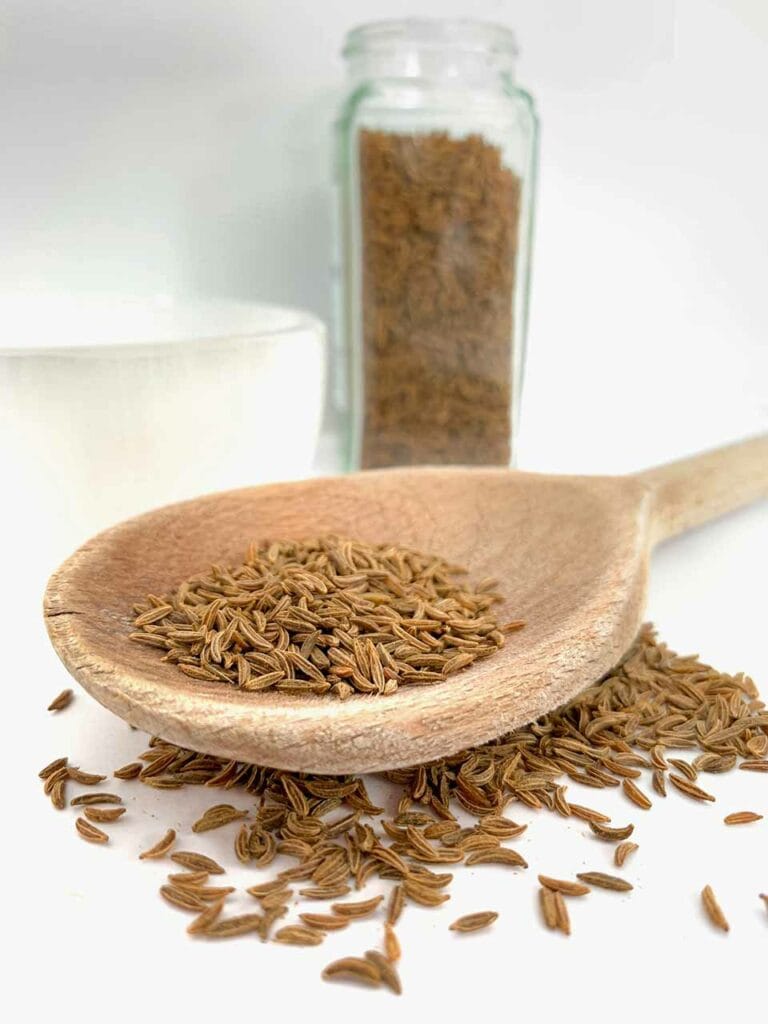
Flavor and Aroma Profile
Fennel seeds have a slightly sweet and herbal flavor with hints of licorice, similar to both star anise and anise seeds. They possess a more delicate and milder taste compared to star anise, allowing for greater control over the intensity of the flavor in recipes. The aroma of fennel seeds is warm and inviting, adding a pleasant fragrance to dishes.
Usage Tips and Conversion Ratio
When substituting star anise with fennel seeds, it’s important to consider the conversion ratio to achieve the desired flavor. As a general guideline, you can use approximately 1 to 1.5 teaspoons of fennel seeds for every whole star anise. However, it’s always recommended to start with a smaller amount and adjust according to your taste preferences.
To enhance the flavors of fennel seeds, you can dry-toast them in a pan over medium heat for a few minutes. This process will release the essential oils and intensify their aroma. Once toasted, you can crush or grind the seeds before using them in your recipes for a more pronounced flavor.
Culinary Applications
Fennel seeds can be utilized in a wide range of culinary applications, adding their unique flavor profile to both sweet and savory dishes. In baking, they are commonly used in bread, pastries, and cookies to impart a delicate sweetness and an aromatic touch. Fennel seeds can also be incorporated into spice blends, such as curry powders and sausage seasonings, to contribute their distinct herbal notes.
In savory dishes, fennel seeds pair well with fish, vegetables, and meats, particularly pork and lamb. They can be used in marinades, rubs, or added to braises and stews to infuse a subtle licorice-like flavor. Fennel seeds are also a primary ingredient in some liqueurs, such as absinthe and pastis, where they play a crucial role in defining the characteristic taste.
Availability and Accessibility
Fennel seeds are widely available in most grocery stores, spice shops, or online retailers, making them easily accessible to home cooks and chefs alike. They are typically sold in both whole seed and ground form, providing convenience and flexibility in usage. When purchasing fennel seeds, it’s advisable to choose high-quality seeds that are fresh and aromatic to ensure the best flavor in your dishes.
As you explore star anise substitutes, fennel seeds offer a versatile option that can bring a touch of sweetness and herbal notes to your culinary creations. Whether you’re baking, cooking savory dishes, or experimenting with unique flavor combinations, fennel seeds can be an excellent choice to replace star anise.
Substitute 3: Licorice Root
Licorice root, derived from the perennial herb Glycyrrhiza glabra, offers a concentrated and distinct flavor similar to star anise. While it may not be as commonly used as other substitutes, licorice root can be a suitable option for those seeking a more potent and authentic licorice taste in their recipes.
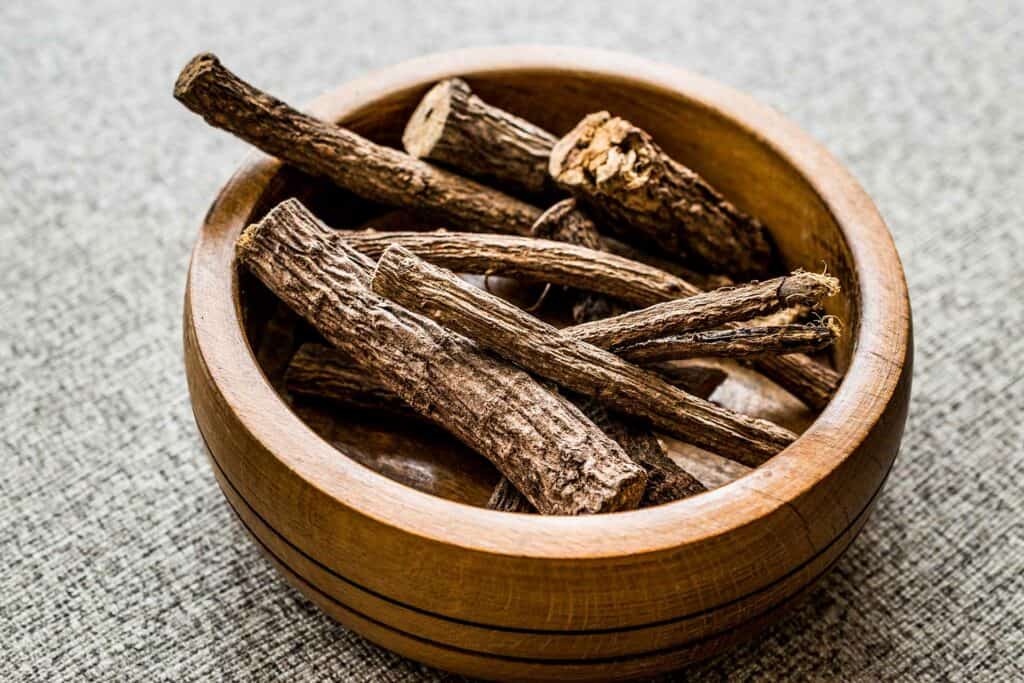
Flavor and Aroma Profile
Licorice root has a strong and intense flavor profile, closely resembling the taste of star anise. It provides a sweet and robust licorice-like flavor that can add depth and complexity to dishes. The aroma of licorice root is rich and aromatic, enhancing the sensory experience of the culinary creations it is used in.
Usage Tips and Conversion Ratio
When using licorice root as a substitute for star anise, it’s crucial to consider its potency and adjust the quantity accordingly. As a general guideline, you can use approximately 1/4 to 1/2 teaspoon of finely ground licorice root for every whole star anise called for in a recipe. However, it’s essential to taste and adjust as you go, as licorice root can have a strong impact on flavor.
To utilize licorice root, it is typically steeped or infused in liquid components of a recipe. This allows the flavor to infuse gradually, ensuring a balanced and well-incorporated taste. You can grind or crush the licorice root into a fine powder before using it in your recipes.
Culinary Applications
Licorice root can be used in various culinary applications, particularly in desserts, confections, and beverages. It is commonly used in making candies, syrups, and liqueurs that require a distinct licorice flavor. Licorice root can also be infused into creams, custards, and ice creams, adding a unique and indulgent taste.
In savory dishes, licorice root can be incorporated into marinades for meats, particularly in Middle Eastern and Mediterranean cuisines. It can also be used in certain spice blends, such as Ras el Hanout, to contribute its characteristic flavor. Additionally, licorice root can be utilized in herbal teas and tisanes, providing a soothing and aromatic quality.
Availability and Accessibility
Licorice root can be found in specialty spice stores, health food stores, or online retailers that specialize in herbs and spices. It is typically sold in dried root form or as a finely ground powder. It’s important to source licorice root from reputable suppliers to ensure its quality and freshness.
Although licorice root may not be as readily available as some other substitutes, it can be a valuable option for those seeking an authentic and potent licorice flavor in their dishes. By incorporating licorice root into your culinary creations, you can enjoy the distinctive taste reminiscent of star anise and explore new flavor dimensions.
Substitute 4: Chinese Five Spice Powder
Chinese five spice powder is a versatile blend of spices that includes star anise as one of its key components. This makes it an excellent substitute for star anise itself, especially in Asian-inspired dishes where the flavor profile of star anise is prominent.
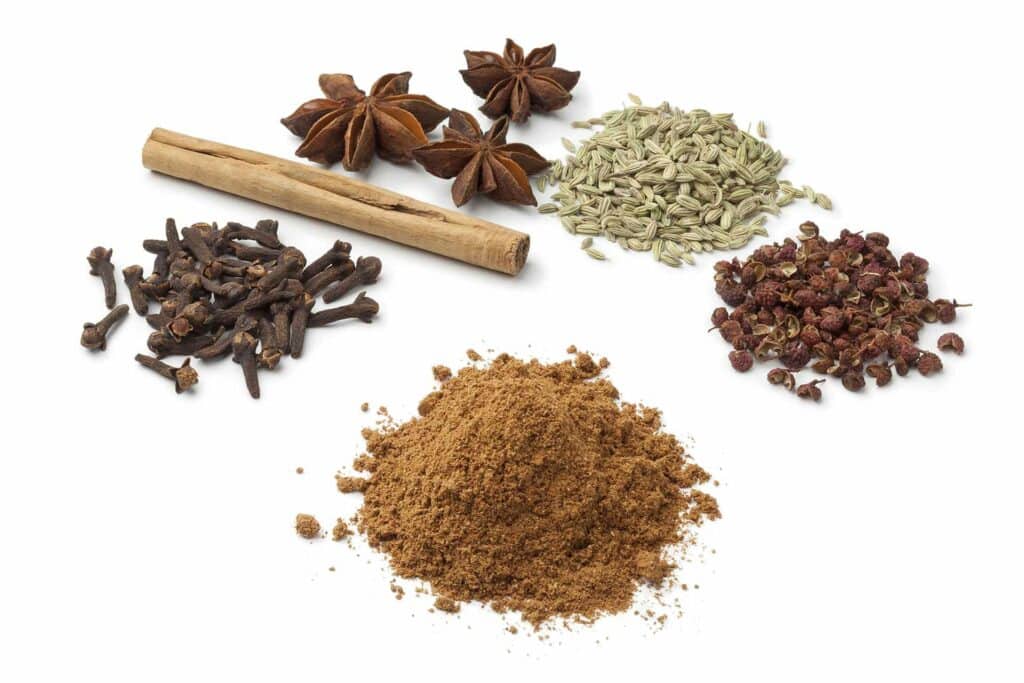
Flavor and Aroma Profile
Chinese five spice powder offers a complex and aromatic flavor profile, combining the characteristic taste of star anise with other complementary spices. The blend typically includes star anise, cloves, Chinese cinnamon (Cassia), Sichuan peppercorns, and fennel seeds. The resulting flavor is a harmonious balance of sweet, savory, and slightly spicy notes, with a warm and fragrant aroma.
Usage Tips and Conversion Ratio
When using Chinese five spice powder as a substitute for star anise, it’s important to consider its potency and adjust the quantity accordingly. As a general guideline, you can use approximately 1/2 to 1 teaspoon of Chinese five spice powder for every whole star anise called for in a recipe. However, it’s recommended to start with a smaller amount and adjust to taste, as the intensity of the blend can vary.
Chinese five spice powder is typically added directly to the dish during the cooking process, allowing the flavors to infuse and meld together. It can be used in marinades, stir-fries, braises, and even as a seasoning for roasted meats and vegetables. Be mindful of the other spices in the blend and consider the overall flavor profile of your dish to ensure a harmonious combination of flavors.
Culinary Applications
Chinese five spice powder is widely used in Chinese cuisine, particularly in dishes that require a balance of sweet, savory, and aromatic flavors. It is commonly used in stir-fries, roasted meats, soups, and sauces, adding depth and complexity to the dishes. The blend can be incorporated into marinades for meats, creating a flavorful base for grilling, roasting, or braising.
Beyond Chinese cuisine, Chinese five spice powder can be a versatile addition to various recipes. It can enhance the flavor of roasted vegetables, add a unique twist to salad dressings, or even be used as a seasoning for popcorn. The possibilities are endless, and the blend allows for creativity in the kitchen.
Availability and Accessibility
Chinese five spice powder is widely available in most grocery stores, Asian markets, or online retailers that offer a selection of spices. It is usually sold in pre-packaged containers or can be freshly ground from whole spices for optimal flavor. Ensure that you choose a reputable brand or source to ensure the quality and authenticity of the blend.
By incorporating Chinese five spice powder into your dishes, you can enjoy the distinct flavors reminiscent of star anise and other complementary spices. This versatile blend can elevate your culinary creations and provide a convenient substitute for star anise in various recipes.
Substitute 5: Allspice
Allspice, despite its name, is not a combination of multiple spices but rather a single spice derived from the dried berries of the Pimenta dioica tree. While it has its own unique flavor profile, allspice can serve as a viable substitute for star anise, particularly in recipes where a warm and aromatic flavor is desired.
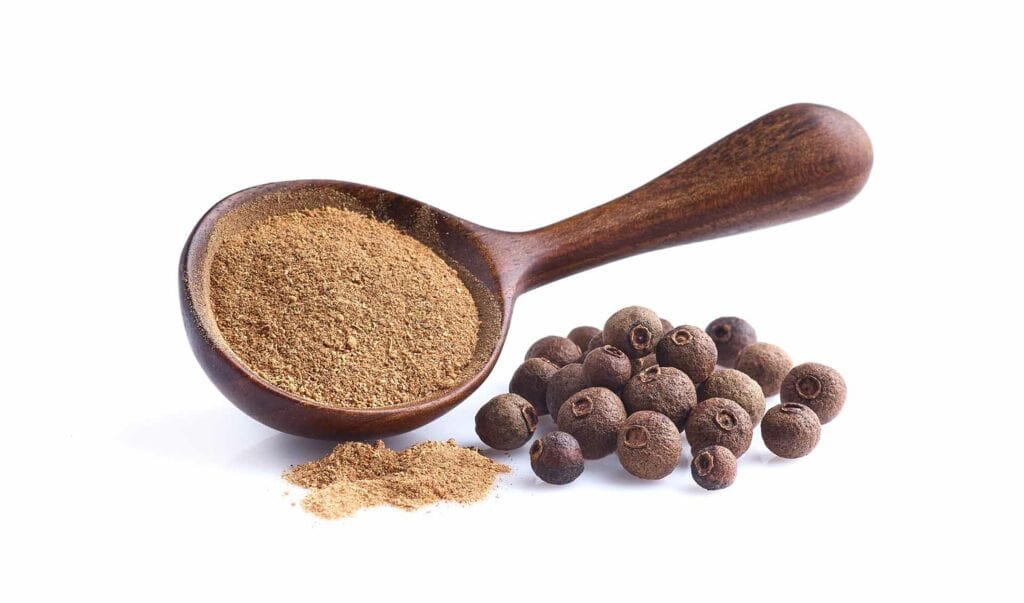
Flavor and Aroma Profile
Allspice is named for its flavor, which resembles a combination of several spices, including cinnamon, cloves, and nutmeg. It offers a warm, sweet, and slightly peppery taste with hints of clove-like spiciness. The aroma of allspice is rich, earthy, and reminiscent of autumnal spices.
Usage Tips and Conversion Ratio
When substituting star anise with allspice, it’s important to consider the conversion ratio to achieve the desired flavor. As a general guideline, you can use approximately 1/4 to 1/2 teaspoon of ground allspice for every whole star anise called for in a recipe. However, it’s always recommended to start with a smaller amount and adjust according to your taste preferences.
Allspice can be used in both sweet and savory recipes. It is often added directly to dishes during the cooking process, allowing its flavors to infuse gradually. Be mindful of the potency of allspice and its distinct flavor profile when incorporating it into your recipes.
Culinary Applications
Allspice is a versatile spice that can be used in a variety of culinary applications. In sweet dishes, it is commonly found in baked goods such as cakes, cookies, and pies. Allspice can also be used in fruit-based desserts, jams, and preserves, adding depth and warmth to the flavors.
In savory recipes, allspice is often used in spice rubs for meats, particularly in Caribbean and Middle Eastern cuisines. It pairs well with ingredients such as beef, lamb, and poultry, infusing a unique and aromatic quality. Allspice is also a key component in many traditional Jamaican jerk seasonings, where it contributes to the distinct flavor profile.
Availability and Accessibility
Allspice is widely available in most grocery stores, spice shops, or online retailers, making it easily accessible for home cooks. It is typically sold in whole berry or ground form. For optimal flavor and freshness, it’s advisable to purchase whole allspice berries and grind them as needed.
As you explore star anise substitutes, allspice can be a versatile option that brings warmth and complexity to your culinary creations. Whether you’re baking sweet treats or adding depth to savory dishes, allspice can provide a delightful alternative to star anise.
Final Thoughts
While star anise is a beloved spice, there are plenty of substitutes available that can successfully mimic its flavor. Anise seeds, fennel seeds, licorice root, Chinese five spice powder, and allspice all offer unique taste profiles that can complement a wide range of recipes. Consider the factors that influenced your need for a substitute, such as availability, dietary restrictions, or culinary experimentation, to help you select the most suitable option.
Remember, the key to successful substitution lies in understanding the flavor profiles, adjusting quantities, and experimenting with different combinations. Embrace the versatility of substitutes and let your creativity shine in the kitchen. With these tips and tricks, you can confidently explore the world of star anise substitutes and create delicious dishes that captivate your taste buds.





